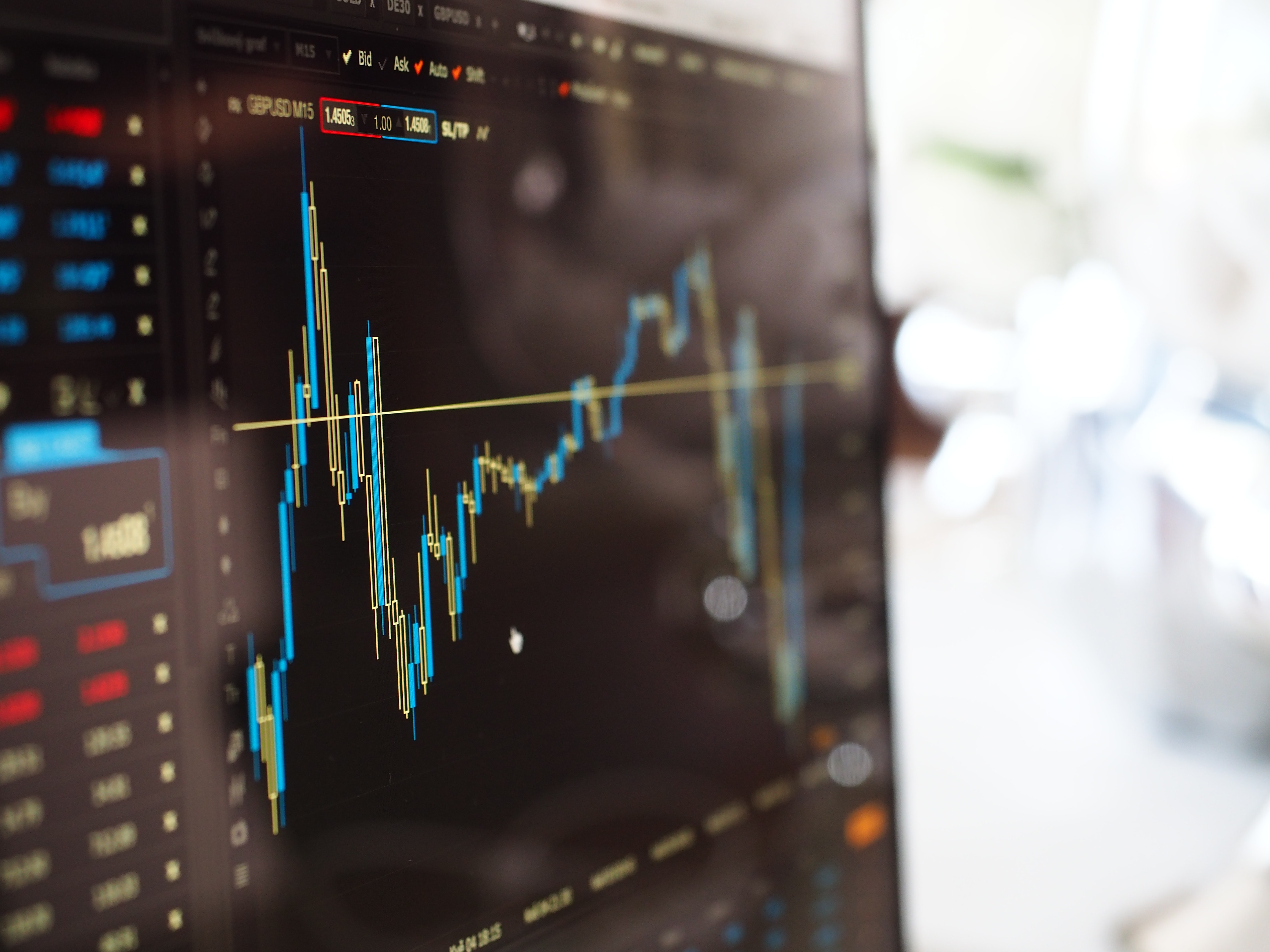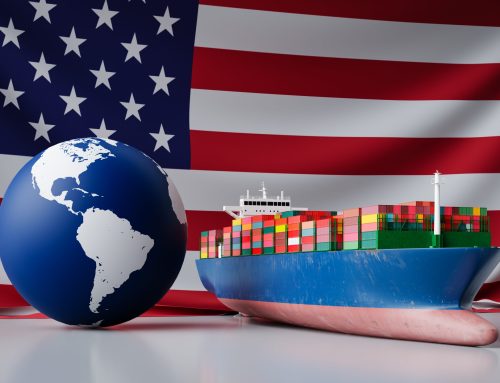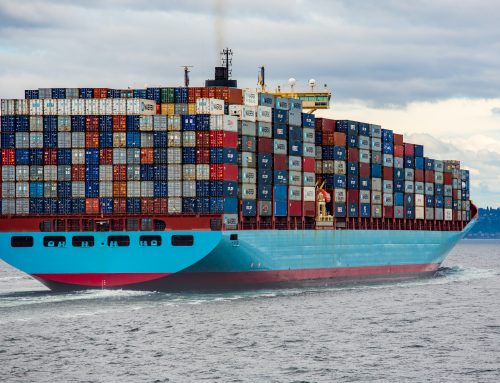There is no doubt that these uncertain times will put global trade up to the test. Both anecdotally and statistically, 2020 has been marred by the impacts of COVID-19 so far. However, at this point, it is safe to assume that the effects of the pandemic will stretch beyond this year.
Mike Parra, CEO of DHL Express, put out an editorial thinkpiece in American Shipper, in which he ruminates on what the next year ahead looks like, particularly for those in the trade industry. He reflects on COVID-19 and how it’s shaping globalization in the immediate future, and more!
Below, we’ll be discussing some key takeaways from the piece:
On a global scale, organizations at every stage of the supply chain have had to take a close look at their operational framework: to ensure the safety of employees, while making sure they’re able to deliver on their offerings and keep goods flowing.
What’s happened so far?
Rocky financial roads ahead for many
In April, The World Trade Organization forecasted that world trade might drop from anywhere between 13%-32% as a result of these goingson (much steeper than forecasts in 2008 economic crisis.)
Some sectors have it worse than others
Unfortunately, we’ve seen that many sectors are facing turbulent times. But on the other side of this, we’ve seen others thrive. For example, medical supplies and other essentials needed to treat the pandemic. (For a bit of a lighter read, check out this piece we put out a few weeks ago: Surprising Goods Spiking in Import Volume During the Pandemic.)
The U.S. easing regulatory requirements for entry
The U.S. has been working to ease the flow of goods into the Country, as we reported in March. An example of these measures includes lowering certain requirements for entry. As of now, this is a temporary measure, but we will be keeping a close eye on the situation. The FDA has also loosened up their requirements for certain documentation, with many goods being non-dutiable at this point.

What’s next for global trade in 2020?
By all accounts, it does look like nearly every region will see a decline in volume this year. Unfortunately, the WTO is predicting that North America will be one of the regions that will be put to the test the most.
However, we’re looking at recovering in 2021, as long as COVID-19 is contained and treatable as projected. The strength of organizations that fall within global trade, at any point in the supply chain, will be central to that recovery.
In the long term, technology-centric trends like eCommerce, AI, digitization, etc. will continue to grow — especially so as a result of the crisis. We can look forward to seeing new and innovative products and use cases for technology in the coming year.
While it is still too early to definitively draw conclusions and predict the future. We can begin to plan for what global trade of tomorrow might look like. While we have to think about keeping our businesses healthy in these times, it’s also crucial that we have one eye on what’s to come: future-proofing our businesses to weather unpredictability.
To close out on a Mike Parra quote: “Diversifying […] international networks of supply, production and transportation to the extent possible and increasing responsiveness with technology and innovation. All of these things call for more — not less — globalization.”
To start a conversation on building a future-proof partnership with a customs broker, click here.





